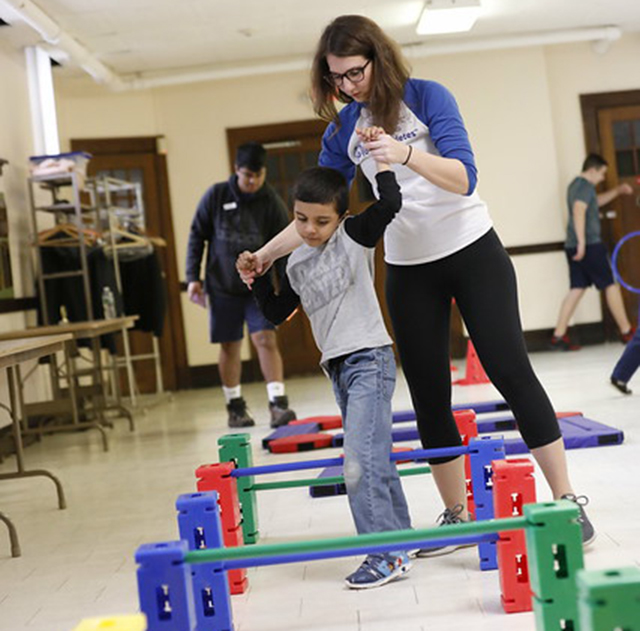
Safety of all athletes, unified partners, families and coaches is the first priority of the coach. If an athlete’s behavior is a safety risk, please reach out to the Special Olympics office for direct guidance.
Understanding Behaviors
A behavior is the way in which a person acts in response to a particular situation or stimulus. It is very important to recognize that most of the time challenging behaviors are occurring for a specific reason. It may be the athlete’s way of communicating, processing or expressing anxiety. Athletes do not typically do these behaviors for the sake of being “bad”, however, they may lack the vocabulary or ability to express their emotions appropriately. This does not mean that you should ignore the behavior, particularly if it is a disruptive behavior. Instead you should work with the family and the athlete to identify the root of the behavior. Sometimes being open to communication, allowing processing time, changing levels of stimulus, or decreasing demands could be helpful. It is also a good opportunity to teach athletes better ways of expressing themselves. Providing them with a word they can say or something they can sign when they feel overwhelmed may be all they need to prevent the obstructive behavior.
Types of Behaviors
There are many different ways to categorize behaviors. Young Athletes does not specialize in behavior modification, so for the purposes of the program we will divide challenging behaviors into two categories: Obstructive and Disruptive.
Obstructive behaviors stop an athlete from learning or participating in an activity, but do not cause harm to self or others. Examples of obstructive behaviors include: not participating, not listening, refusing to interact with others, not taking turns, obsessing over an object to the point where they cannot focus on anything else, grabbing an object from another child or coach, walking away, running away (but not out of area), pushing people or equipment away, short duration yelling, crying, non-functional stimulatory play with equipment (such as spinning a ball in front of their face), and/or saying “no” repeatedly.
Disruptive behaviors stop an athlete from learning or participation AND causes harm to themselves or others. Examples of disruptive behaviors include: hitting, kicking, eloping, biting, continuous screaming, throwing of equipment, swinging equipment in an inappropriate way, impulsive movement or equipment use, inappropriate eating or chewing equipment, running or moving quickly without awareness of their surroundings, and pushing other children down.
Both types of behaviors should be approached in an appropriate and respectful manner.
Creating a Plan of Action
The Pregame Show – Stopping Behaviors Before They Start
Information on Specific Disabilities or Conditions
- Sensory Processing Disorders (coming soon)
- Anxiety (coming soon)
- Working with Athletes who are Nonverbal (coming soon)
Techniques for Obstructive Behaviors
(coming soon)
Techniques for Disruptive Behaviors
(coming soon)